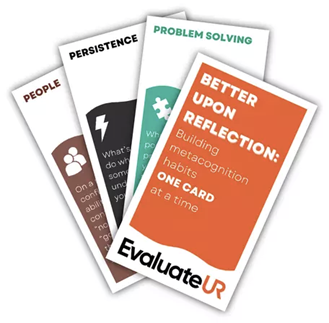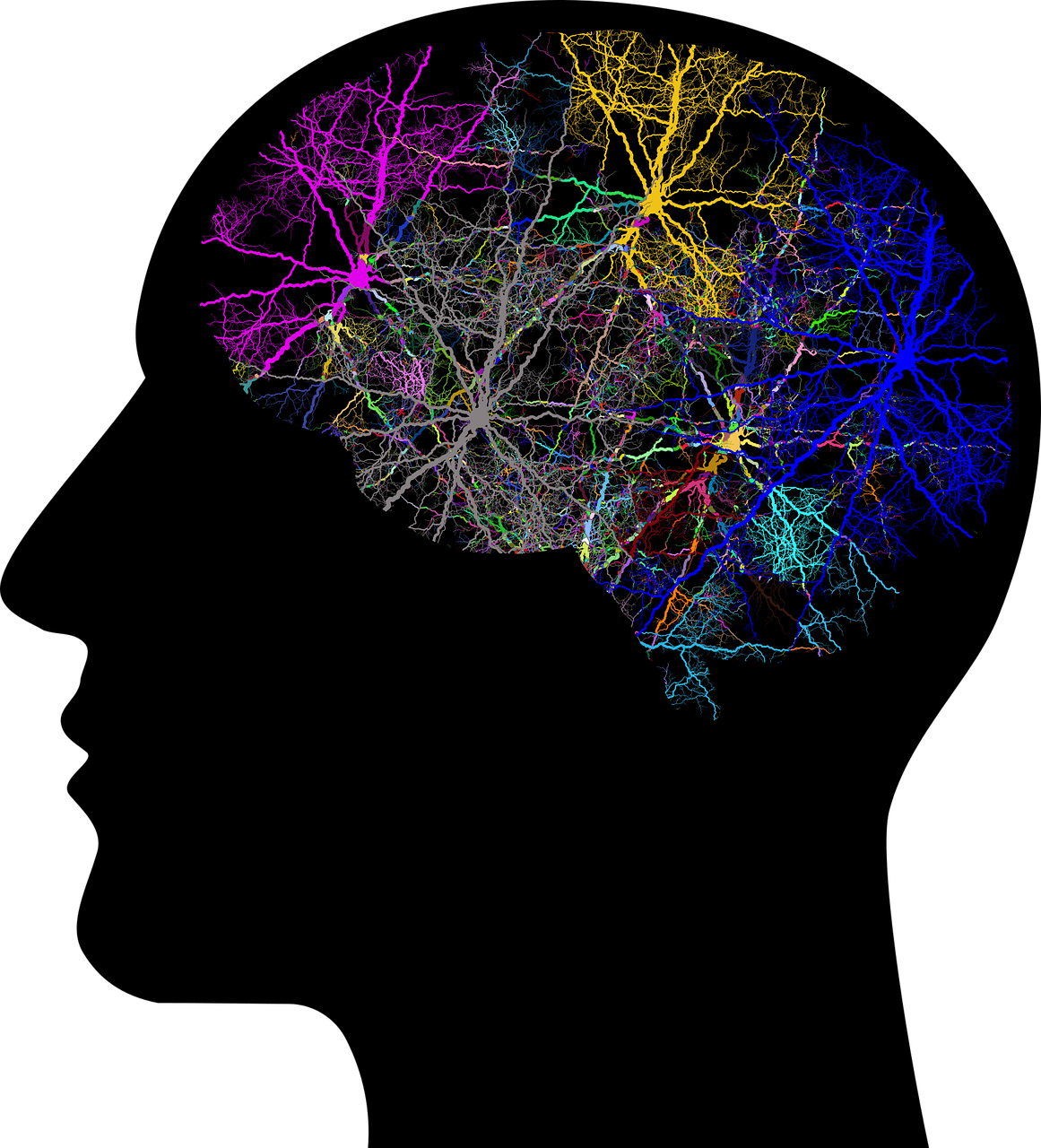by John Draeger (SUNY Buffalo State)
In a previous post entitled “Just-in-time for metacognition,” I argued that Just-in-Time teaching techniques could be used to promote both higher-order-thinking and metacognition. Just-in-time teaching techniques require that students submit short assignments prior to class for review by the instructor before class begins (Novak 1999; Simkins & Maier, 2009; Schraff et al., 2011). In my philosophy courses, students send their answers to me electronically the night before class and I spend the morning of class using their answers to shape my pre-class planning. I’ve had success with higher-order-thinking questions, but I tended to ask students questions about their learning process only when the class had clearly gone off track. Since I’ve become convinced that developing good metacognitive habits requires practice, I’ve made metacognitive questions a regular component of my Just-in-Time assignments. In this post, I thought I would let you know how things are going.
Research shows that students learn more effectively when they are aware of their own learning process (I encourage you to surf around this site for examples). Borrowing from Tanner (2012) and Scharff (2014), I have asked students to think about why and how they engage in various learning strategies (e.g., reading, writing, reflecting). More specifically, I have asked: what was the most challenging part of the reading? Was the current reading more challenging than the last? What was the most useful piece of the reading? What was the most challenging piece of the reading? What was your reading strategy this week? How might you approach the reading differently next time? What was the most challenging part of the last writing assignment? How might you approach your next writing assignment differently? What are your learning goals for the week?
Responses from students at all levels have been remarkably similar. In particular, student responses fall into three broad categories: general student commentary (e.g., about the course, reading, particular assignment), content (e.g., students reframe the metacognition question and answer with use of course content), reflective practice (e.g., students actually reflect on their learning process).
First Type of Response: General Commentary
- When asked to describe the most challenging part of the reading, students took the opportunity to observe that the reading too long, too boring, or it was interesting but confusing.
- When asked to describe the most useful part of the reading, students often said that the question was difficult to answer because the reading was too long, too boring, or it was interesting but confusing.
- When asked about their reading strategy, students observed that they did their best but the reading was too long, too boring, or interesting but confusing.
- When asked about their learning goals for the week, students said that the question was strange, off the wall, and they had never been asked such a thing before.
Second Type of Response: Content
- When asked to describe the most challenging part of the reading, students identified particular examples that were hard to follow and claims that seemed dubious.
- When asked to describe the most useful part of the reading, students often restated the central question of the week (e.g., is prostitution morally permissible? should hate speech be restricted?) or summarized big issues (e.g., liberty argument for the permissibility of prostitution or hate speech).
- When asked about their reading strategy, students often said that they wanted to understand a particular argument for that day (e.g., abortion, euthanasia, prostitution).
- When asked their learning goal for the week, students said that they wanted to explore a big question (e.g., the nature of liberty or equality) and put philosophers into conversation (this is a major goal in all my courses).
Third Type of Response: Reflective practice
- When asked to describe the most challenging part of the reading, students said that they didn’t give themselves enough time, they stretched it over multiple days, or they didn’t do it at all.
- When asked about the most useful part of the reading, some students said that the reading forced them to challenge their own assumptions (e.g., “I always figured prostitution was disgusting, but maybe not”).
- When asked about their reading strategies, some said that they had to read the material several times. Some said they skimmed the reading and hoped they could piece it together in class. Others found writing short summaries to be essential.
- When asked about their learning goals for the week, some students reported wanting to become more open-minded and more tolerant of people with differing points of view.
Responses to the metacognitive prompts have been remarkably similar from students in my freshman to senior level courses. In contrast, I can say that there’s a marked difference by class year in responses to higher-order thinking prompts, possibly because I regularly use student responses to higher-order thinking prompts to structure class discussion. While I gave students some feedback on their metacognitive prompt responses, in the future I could be more intentional about using their responses to structure discussions of the student learning process.
I also need to refine my metacognition-related pre-class questions. For example, asking students to discuss the most challenging part of a reading assignment encourages students to reflect on roadblocks to understanding. The question is open-ended in a way that allows students to locate the difficulty in a particular bit of content, a lack of motivation, or a deficiency in reading strategy. However, if I want them to focus on their learning strategies, then I need to focus the question in ways that prompt that sort of reflection. For example, I could reword the prompt as follows: Identify one challenging passage in the reading this week. Explain why you believe it was difficult to understand. Discuss what learning strategy you used, how you know whether the strategy worked, and what you might do differently next time. Revising the questions so that they have a more explicitly metacognitive focus is especially important given that students are often unfamiliar with metacognitive reflection. If I can be more intentional about how I promote metacognition in my courses, then perhaps there can be gains in the metacognitive awareness demonstrated by my students. I’ll keep you posted.
References
Novak, G., Patterson, E., Gavrin, A., & Christian, W. (1999). Just-in-time teaching: Blending active learning with web technology. Upper Saddle River, NJ: Prentice Hall.
Scharff, L. “Incorporating Metacognitive Leadership Development in Class.” (2014). Retrieved from https://www.improvewithmetacognition.com/incorporating-metacognitive-leadership-development-in-class/.
Scharff, L., Rolf, J. Novotny, S. and Lee, R. (2011). “Factors impacting completion of pre-class assignments (JiTT) in Physics, Math, and Behavioral Sciences.” In C.
Rust (ed.), Improving Student Learning: Improving Student Learning Global Theories and Local Practices: Institutional, Disciplinary and Cultural Variations. Oxford Brookes University, UK.
Simkins, S. & Maier, M. (2009). Just-in-time teaching: Across the disciplines, across the academy. Stylus Publishing, LLC..
Tanner, K. D. (2012). Promoting student metacognition. CBE-Life Sciences Education, 11(2), 113-120.



